What is a Commercial Invoice? Definition & Format
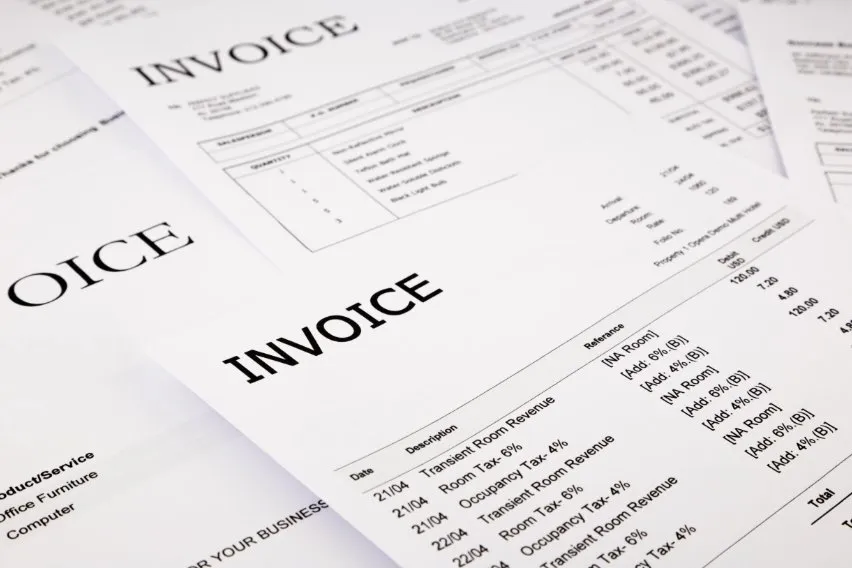
Multinational companies need to be able to send products across international borders. For example, an American company may need to ship products to European countries. In these cases, you need specific shipping documents to ensure the product gets past customs officials.
That’s where commercial invoices come in.
This article explains what these customs forms are and why using them is a legal requirement for international shipments. We also cover what a commercial invoice includes, so you know how to create this special export document.
Table of Contents
Importance of a Commercial Invoice
What Does a Commercial Invoice Include
How Do You Make a Commercial Invoice
What Is a Commercial Invoice?
A commercial invoice is a type of customs document that helps your package get through customs. A properly completed form helps customs officers determine which import duties and taxes apply to your item.
Filling in this document correctly helps you avoid delays and lengthy hold-ups. As a result, your buyer is happier with your service because they receive their item quickly.
Think of the invoice as a contract of sale between a shipper and a buyer. That contract contains vital information about an item’s seller and country of origin, where it’s going, taxes, or anything else customs agents need to see to grant customs clearance.
Every international shipment you make, barring document shipments, must have a commercial invoice. Ideally, you’ll print this invoice on paper that contains your company’s letterhead.

Importance of a Commercial Invoice
Your commercial invoice is essentially a customs invoice. When you fill it out incorrectly, the product you send gets held up. Furthermore, the authorities may become suspicious if you’re shipping goods with inappropriate invoices.
As such, a customs invoice is vital because it keeps all parties involved on good terms. Customs authorities are happy that you’re conducting business legally. Your customers are also satisfied because they get their items quickly.
Of course, you’re happy because you can ship internationally, which opens up new markets.
Furthermore, a commercial invoice is crucial for the following reasons:
- A commercial invoice assists in record maintenance. It creates a paper trail related to your business transactions.
- Your invoice provides proof of a sale, which you can use if a customer raises a dispute.
- As commercial invoices are legal documents, using them guarantees that you receive payment from your client.
- The details provided on a commercial invoice provide a complete log of information for the transaction. As such, all parties are aware of what they’re sending or receiving, which lowers the possibility of disputes.
What Does a Commercial Invoice Include?
In many ways, a commercial invoice is similar to a proforma invoice. The two forms contain many of the exact details, with a few minor differences.
When you create commercial invoices, you can develop the document from scratch or work from a commercial invoice template. Regardless of your choice, the document must contain some specifics to hold any legal value. Make sure your commercial invoice contains all of the below elements.
Element No. 1 – Information About the Importer and Exporter
You want to get right to the essential details with international shipping. Your commercial invoice should include accurate information about the importer and exporter in its header.
Include the following information for the seller:
- Business name
- Street address
- Landmark
- Contact information, such as a phone number and email address
- Company logo
- Your city and postcode
- The country of origin
- An identification number for taxes
The tax identification number is vital because it helps tax authorities to determine customs costs. The number also denotes the item’s origin.
For example, packages from EU countries require a value-added tax (VAT) number. However, packages from the United States must have either of the following:
- A Federal Tax Identification Number (FTIN)
- An Employer Identification Number (EIN)
With the sender’s details completed, provide the following buyer details:
- Customer’s name
- Customer address
- The code for the customer’s postal service
- Phone number
- City
- Destination country
Element No. 2 – Invoice Number and Date
Invoices are important documents. Making mistakes with the basics, such as the invoice’s date and number, can lead to duplicate payments. Your customers won’t be thrilled if an error on your part leads to duplication that causes them to pay more than the item’s purchase price.
Every commercial invoice you produce must have a unique invoice number. You can generate this invoice number in many ways. Most companies prefer the sequential method. This method ensures uniqueness as each number follows from the one before.
For example, if your last invoice was 150001, your following invoice number becomes 150002.
With the invoice’s number established, you must specify the due date for payment. You can copy this information from the proforma invoice you sent to your client. Note the due date along with the total price for the item.
Element No. 3 – Shipping and Product Details
Every commercial invoice must contain an itemized list of the products shipped in the package. This list is essential for authorities to determine the customs duties payable on the products. Failure to include the list can cause delays.
As such, it’s good practice to include information about what the package contains. Also include details about the itemized and total value of the items inside.
Make sure your packing list contains the following information:
- The product name
- A brief description of what the product does
- A unique ID number for the product, such as a stock-keeping unit (SKU) number
- The net or total weight of the product
- An invoice subtotal, which you calculate by adding the price of each item together to create a total value
- The number of items
- The total cost for each product line
- A unit price for each item in the shipment
Note that there’s a difference between a product’s gross weight and the weight of the packaging. When calculating the net weight, subtract the weight of the packaging from the package’s total weight.
Some commercial invoices include a tare weight, which allows you to incorporate the weight of any packaging materials. Finally, accuracy is crucial for this element of your commercial invoice. Mistakes can lead to fines, in addition to delaying shipments.
Element No. 4 – Harmonized System Code
You must include a harmonized system (HS) code on every shipment.
Under the HS code, you must categorize your merchandise based on its function, type, and nature. These categories allow customs tax authorities to quickly determine the correct amount of tariffs, excise, taxes, and customs duties to apply to each product line.
You must stay up to date with HS codes. They’re updated every five years by the World Customs Organization.
If you need help finding the appropriate codes for your items, contact the manufacturer or the tax agency in your country. Either should be able to provide the codes needed.
Element No. 5 – Country of Origin
Though you’ll have stated the country of origin in the commercial invoice header, you must also state it in a separate section.
Some countries also require you to produce a Certificate of Origin for the product. This certificate helps them to determine if you’re eligible to export the goods. Plus, it provides information about any additional duties that apply to your shipment.
Element No. 6 – Payment Terms
You’ll use a special invoice contract called an Incoterm to facilitate the import and export of goods.
Think of incoterms as a commercial invoice glossary. Incoterms clarify several valuable pieces of information, including:
- Who arranges transport, and to what point do they handle transport
- Who is responsible for insurance, shipping, and customs costs
- The people responsible for the goods at each stage of the delivery process
Incoterms ultimately create a clear line of communication between the buyer and seller.
They tell buyers when they need to make your commercial invoice to make payments and how they can make those payments. Many suppliers use the net 30 payment terms, which specify that a buyer must make payment within 30 days of receiving a commercial invoice.
How Do You Make a Commercial Invoice?
If you want to create a commercial invoice quickly, using a software package that offers templates is the best way to go.
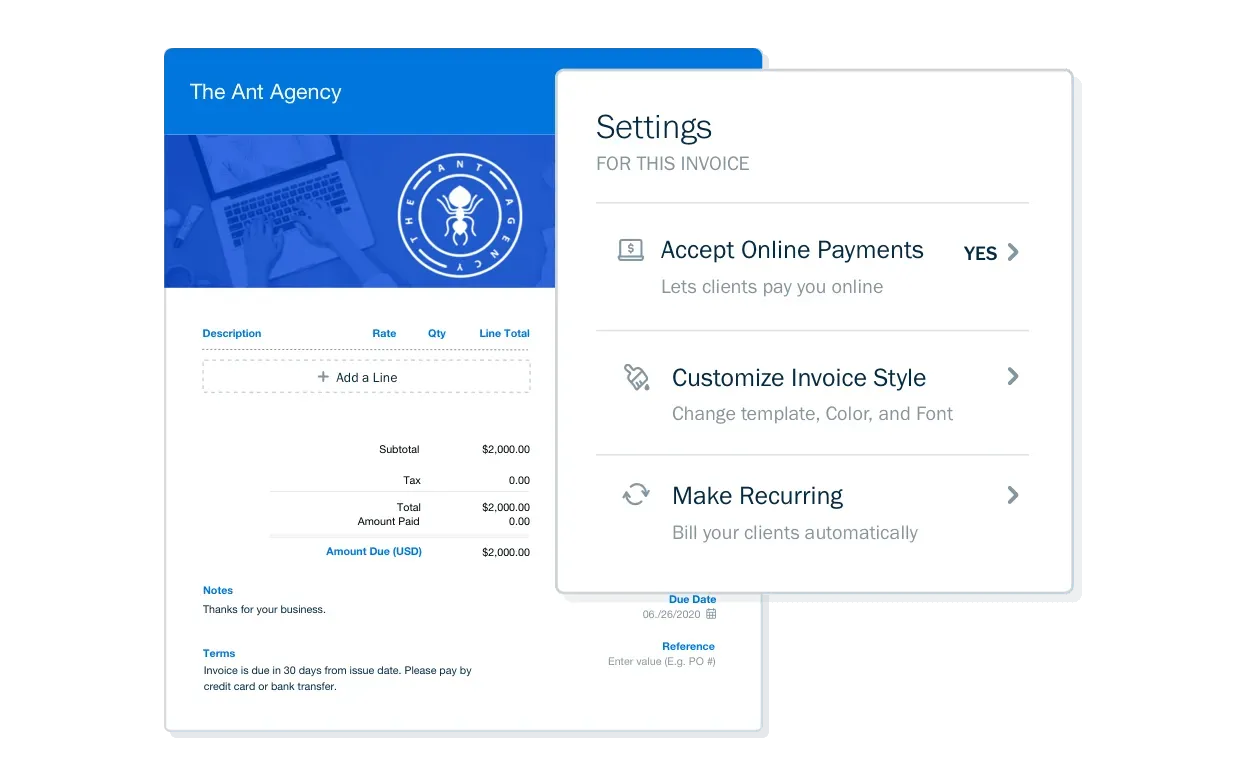
At FreshBooks, we provide invoice software that saves you time and money. Each of our invoices follows a standard format that allows you to create what you need within our software quickly. The benefits of using FreshBooks include the following:
- Access to professional-looking invoices you can create in seconds
- Personalization options, such as logo addition, so you can make our invoice templates your own
- Access to a variety of payment options that ensure you get paid faster
- Automation that includes reminders and follow-up features
- Tracking for commercial invoices and other documents
Alternatively, you can make a commercial invoice. This creation process is time-consuming and laborious, which is why it’s better to work from a template. Assuming you wish to create your own commercial invoice, follow these quick steps:
- Include all of the elements discussed above. An incorrect commercial invoice could lead to your organization getting fined. Plus, you’ll have unhappy customers because their products or services get delayed.
- Attach the invoice to the outside of your parcel. Some carriers let you use an electronic commercial invoice, which reduces the possibility of the invoice getting lost.
- Record any package marks, especially if you’re shipping a number of packages together. For example, you may send three boxes. In these cases, you can record that a box is 1 or 3, 2 of 3, or 3 of 3.
- Record any other charges your customer must pay, such as export transportation or insurance.

Key Takeaways
Every international shipment your company makes needs to include a commercial invoice. This vital document helps the customs authorities determine what taxes and customs duties apply to the package.
Furthermore, a commercial invoice details a package’s contents. These details ensure the package gets to its destination quickly. They ensure agents get an at-a-glance view of your package’s contents.
Accuracy is a vital component of creating a commercial invoice. Inserting the wrong values or making similar mistakes can result in fines and delays that reflect poorly on your business.
FAQs on Commercial Invoice
What is the difference between an invoice and a commercial invoice?
The main difference between an invoice and a commercial invoice is in how they’re used. Invoices detail the sale and request payment after your business delivers its product or service. A commercial invoice is only required for international deliveries to help get your products or services through customs.
Is a commercial invoice legally binding?
A commercial invoice is a legally binding customs document. It contains vital information about what a package contains and who pays the customs costs. The authorities use these details to determine whether import duties are required for the package.
When should a commercial invoice be issued?
You should issue a commercial invoice when the goods are ready to deliver for international shipments.
RELATED ARTICLES

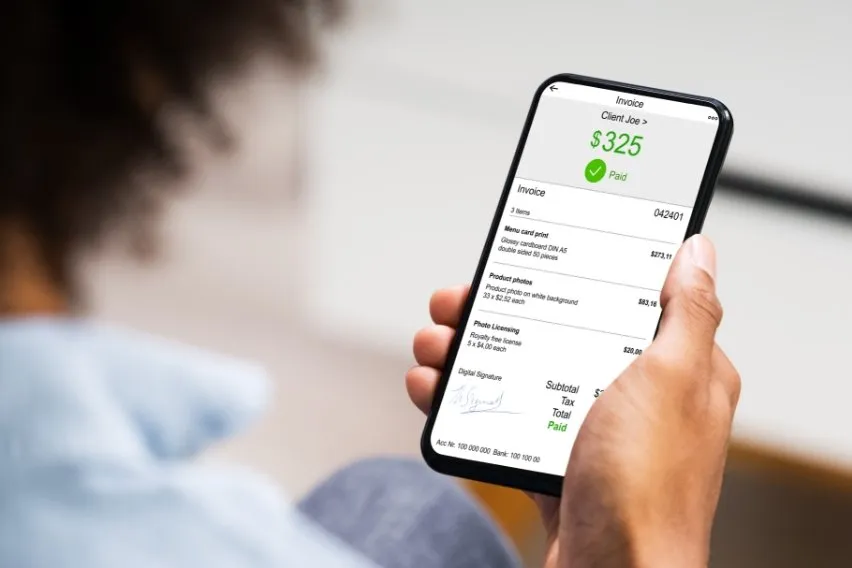 6 Best Invoice Apps For Small Businesses
6 Best Invoice Apps For Small Businesses Invoice Factoring: Definition & How It Works
Invoice Factoring: Definition & How It Works How to Write a Rent Receipt?
How to Write a Rent Receipt?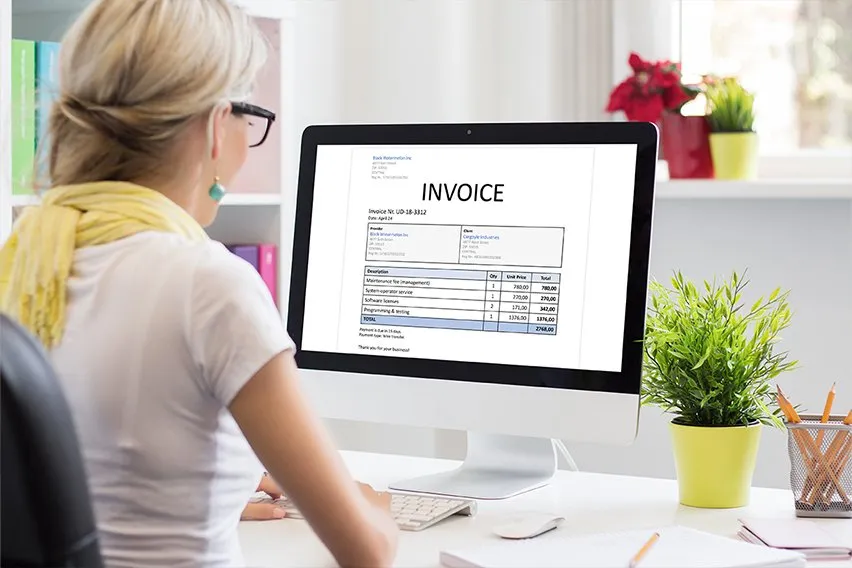 Online Invoicing Portal: A Small Business Guide
Online Invoicing Portal: A Small Business Guide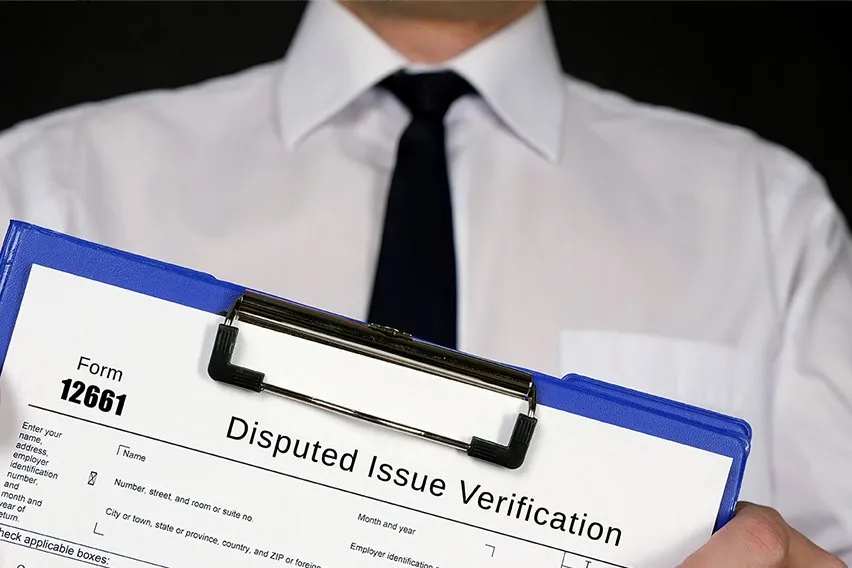 What is a Disputed Invoice? – How to Resolve Them
What is a Disputed Invoice? – How to Resolve Them 7 Best Invoice Management Software for 2025
7 Best Invoice Management Software for 2025